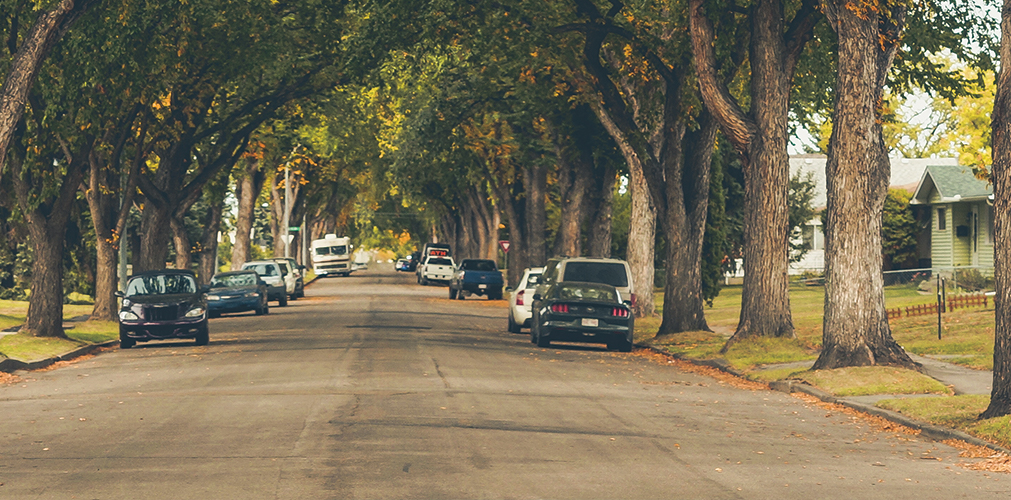
On an 1882 map of the Edmonton Settlement, the area of Beverly was shown as River Lots 36, 38, and 40. The area’s population began to grow early in the 20th century, when rich coal seams that lay beneath the soil were discovered and coal mining began. In 1913, the River Lots and land to the north were incorporated as the Village of Beverly. The village took its name from the Town of Beverly in Yorkshire, England.
By 1914, when the village population reached 1,000, Beverly was incorporated as a town. The boundary line between Edmonton and Beverly was 50th Street. Until after World War II, the fortunes of Beverly rose and fell with the successes and failures of the local coal industry. When the last mine was closed in 1952, Beverly’s population was 2,000. One year later, the Beverly Bridge, which spanned the North Saskatchewan River, opened, linking the town’s main street (118th Avenue) with the main highway to the east (Highway 16).
Beverly was in a great position to grow as a residential suburb, housing workers from the new petro-chemical plants across the river in the County of Strathcona and from other industries building in northeast Edmonton. The town grew quickly until 1961, when Beverly, with a population of 9,000, was amalgamated with the City of Edmonton. The northern portion of the former town contains the neighbourhoods of Beacon Heights and Bergman. The southern portion is known as Beverly Heights.

